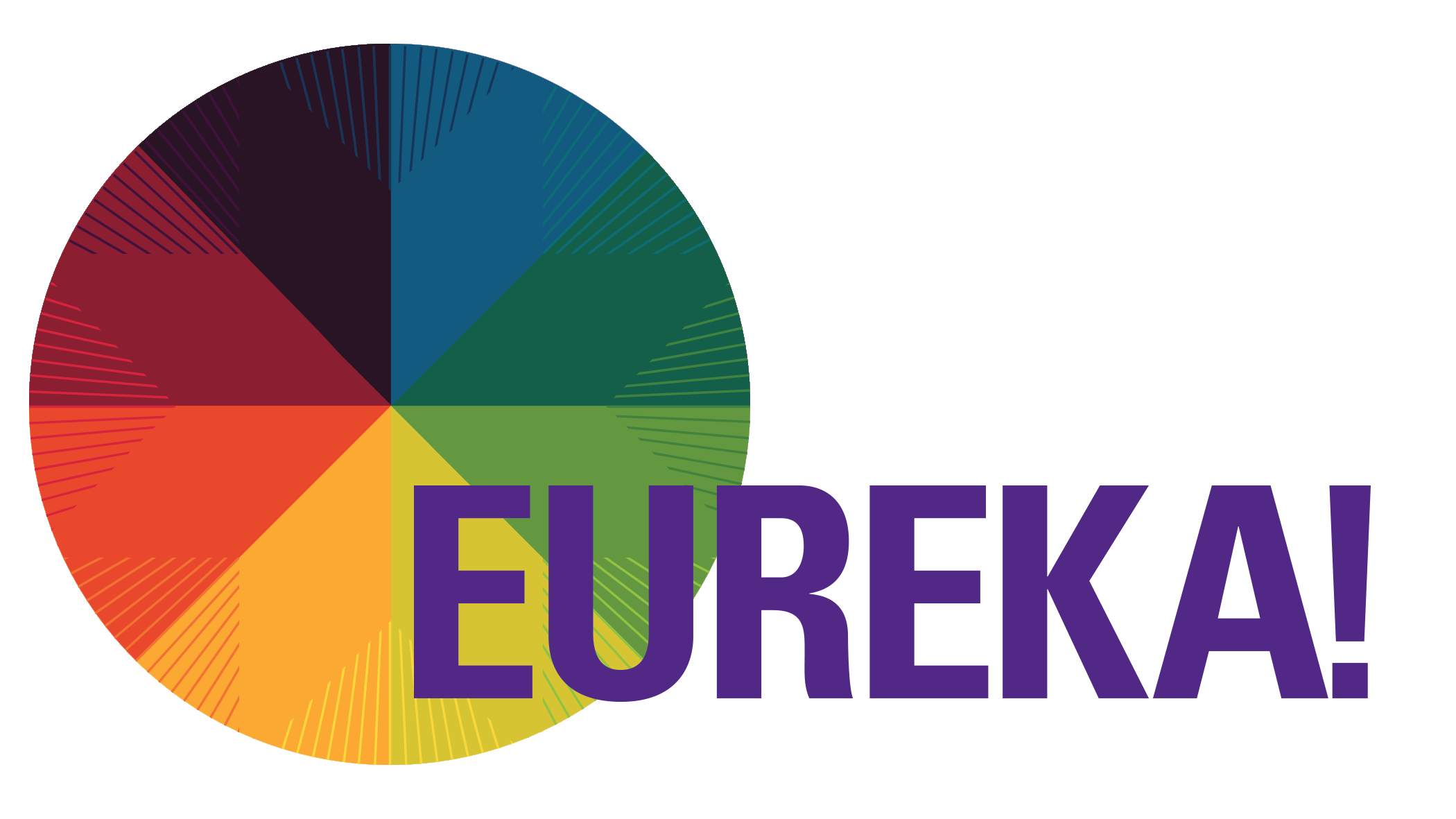The P.O.E.T.R.Y. of Good Presentations All good presentations are:
Purposeful: You are talking for a reason. Be clear about the key message(s) you want the audience to take away from your talk.
Organized: Good presentations have an introduction, a body and a conclusion.
Enjoyable: People generally come along because they want to, not because they have to, so engage and entertain them (but don’t allow showmanship to override your key message)
Thematic: People tend to remember themes. They very easily forget lists of facts.
Relevant: People respond better to what you are saying if you can relate the things you are talking about directly to their, experience, existing knowledge, aspirations and/or concerns. Think about your audience while preparing your talk.
You: Your personal style and enthusiasm can make all the difference to how your audience responds. YOU make the difference. However, beware the `Ego Trap’; – It’s NOT all about you!
How to make your talk more enjoyable and relevant
Now that we have established the theme(s) or key message(s) we want to get across about our topic we need to think about how we best engage the audience’s interest. There are many ways to make facts/information/technical data more entertaining, enjoyable and relevant to an audience. Presenting too serious a tone can create a formal atmosphere and a barrier to effective communication by making audience feel ‘uncomfortable’.
Effective use of Powerpoint
Please note that as of 2017 we will only be able to accept presentations that can be opened in Microsoft Powerpoint due to constraints at our venue.
Produce your visual presentation in the same order as your written presentation:
- Add a slide for you title page, include your name, your affiliations (schools, university etc.). If there is room add a picture.
- A slide for your topic/theme
- Add your hook slide, or incorporate it into your title page or your topic/theme slide.
- Set pages out for key points
- Add the least amount of text/bullet points as possible for each page. Do not overdo the bullet points!
- Use pictures/diagrams/infographics where possible to get your point across instead of text.
- Use pictures to add humour and interest in your presentation.
- Animate your slides if you’re comfortable, BUT only where it is necessary. Too many animations/fly ins/fly outs/objects moving will take up time and distract your audience.
- Use colour as a tool to highlight key words! Avoid the colour red.
- Add a concluding slide
- Add a thank you slide, thanking your audience, acknowledge the people that have helped you and ask if there are any questions.
- Now add your intro slides. You should only have a few slides to explain the background that the audience needs to understand in order to understand the rest f your presentation.
- Ideally, you want to spend 40-60 seconds on each slide. So keep your slides to a minimum. A slide should only be used to remind the audience of the specific point, provide key info and act as a platform to have visual aids. You should never have an entire paragraph of writing on your slides. If people are reading your slides, they won’t be listening to you.
- Finally go through and check that each slide, each picture and every word on your slides are necessary. If they’re not, kill your darlings and get rid of them! If you’re unsure if you need the slide you can “hide” the slide. Try reading your presentation with the slides and then you’ll know if it necessary to keep or not.
There are more tips in the video on the next page: “Public Speaking Skills“.

